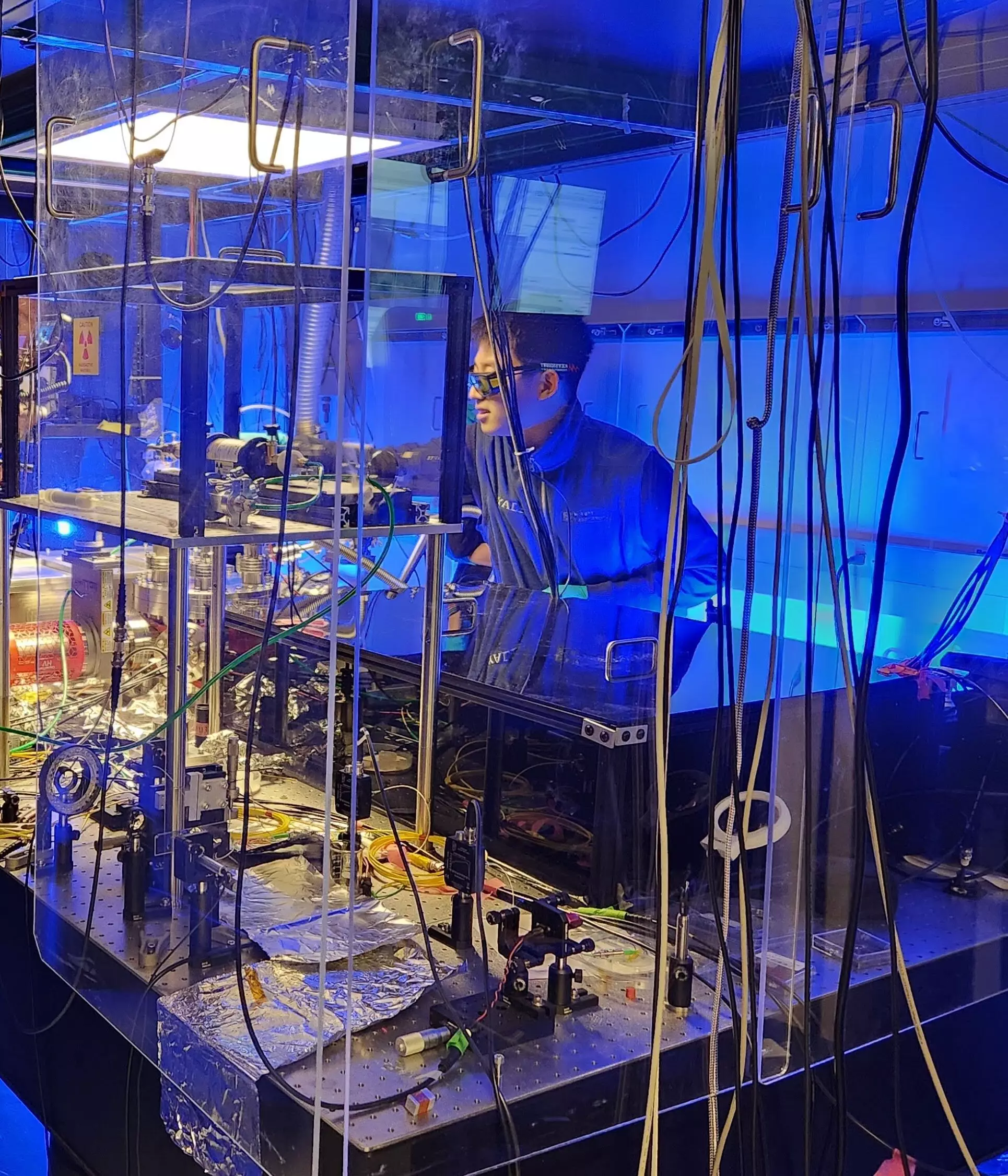The realm of particle physics continues to experience unparalleled advancements, spurred by innovative technologies developed by physicists and engineers. The introduction of high-precision instruments allows researchers to delve deeper into the mysteries of atomic particles and their interactions. These instruments—ranging from particle detectors to sophisticated accelerometers—are not merely tools; they represent a paradigm shift in our scientific understanding. A standout contribution to this field is the recent work conducted by researchers at Yale University, which showcases a groundbreaking technique to mechanically detect nuclear decays on a microscopic scale.
A Pioneering Technique for Nuclear Decay Detection
David C. Moore and his team at Yale University have put forth an extraordinary method to observe individual nuclear decay events, which signal the loss of energy from unstable atomic nuclei through radiation emission. Unlike traditional detection methods that struggle with neutral particles, this new approach claims sensitivity to all types of particles emitted during nuclear decay processes. As stated in their paper published in Physical Review Letters, this method enables researchers to monitor the action of even the most elusive neutral particles that have historically eluded detection.
Moore articulates the significance of their innovation, emphasizing the potential to extract valuable data from nuclear processes. Their strategy centers around the use of finely tuned micron-scale force sensors and accelerometers that leverage optically trapped particles under vacuum conditions. This shift toward microscopic monitoring reflects a move toward understanding the intricate forces arising from fundamental particles, a leap that could redefine the boundaries of particle physics.
Methodology: Observing the Unobservable
The team’s methodology revolves around observing the interaction of minute particles within a controlled environment. Essentially, they implant radioactive nuclei into small dust-like particles. By meticulously tracking the motion of these particles, they can detect minute changes indicative of nuclear decay. This innovative monitoring allows them to capture shifts in electric charge resulting from emitted alpha or beta particles during decay and observe the recoil from particle emissions at an extraordinary scale of just tens of nanometers.
The ability to detect such minute changes, even when decay events are rare—potentially occurring only once a day—signals a significant enhancement in detection capabilities. This is nothing short of transformative, providing new opportunities to study tiny particles that may play essential roles in areas such as nuclear monitoring and non-proliferation efforts. It also opens doors to exploring long-lived isotopes with precision that’s previously been unattainable.
Expanding Horizons in Particle Physics
The implications of this research extend far beyond simple measurements of nuclear decay. The advanced detection method may serve as a powerful tool in the search for dark matter, a substance that constitutes a substantial portion of the universe yet remains elusive to direct detection. Moreover, this innovative approach might facilitate the study of exotic particles, further deepening our understanding of the fundamental forces that govern the universe.
Moore envisions extending these techniques to even smaller nanoparticles in future research endeavors. This ambition to capture the momentum from neutrinos—tiny particles that interact extraordinarily weakly with matter—illustrates the far-reaching potential of their technique. Neutrinos are notoriously difficult to detect, and advancements in their study could lead to remarkable insights in fields ranging from astrophysics to cosmology.
The Future of Detection Technology
As this research progresses, it not only highlights innovative methodologies but also underlines a broader trend in the field of particle detectors: the embrace of precision measurement technologies that push the limits of what is possible. The emergence of methods like those pioneered at Yale University signifies that we are on the cusp of a new era in particle physics. The ability to detect and analyze phenomena at such a granular level promises to foster a plethora of discoveries that can reshape not only nucleosynthesis theories but also our understanding of the universe at a foundational level.
The combination of cutting-edge technology and creative thinking exemplified in this research illuminates a path forward for scientists, educators, and enthusiasts, signaling that the quest to understand the universe is more vibrant than ever. Through relentless innovation and exploration, the potential to unlock new dimensions of knowledge in the physical sciences becomes not just feasible but inevitable.

